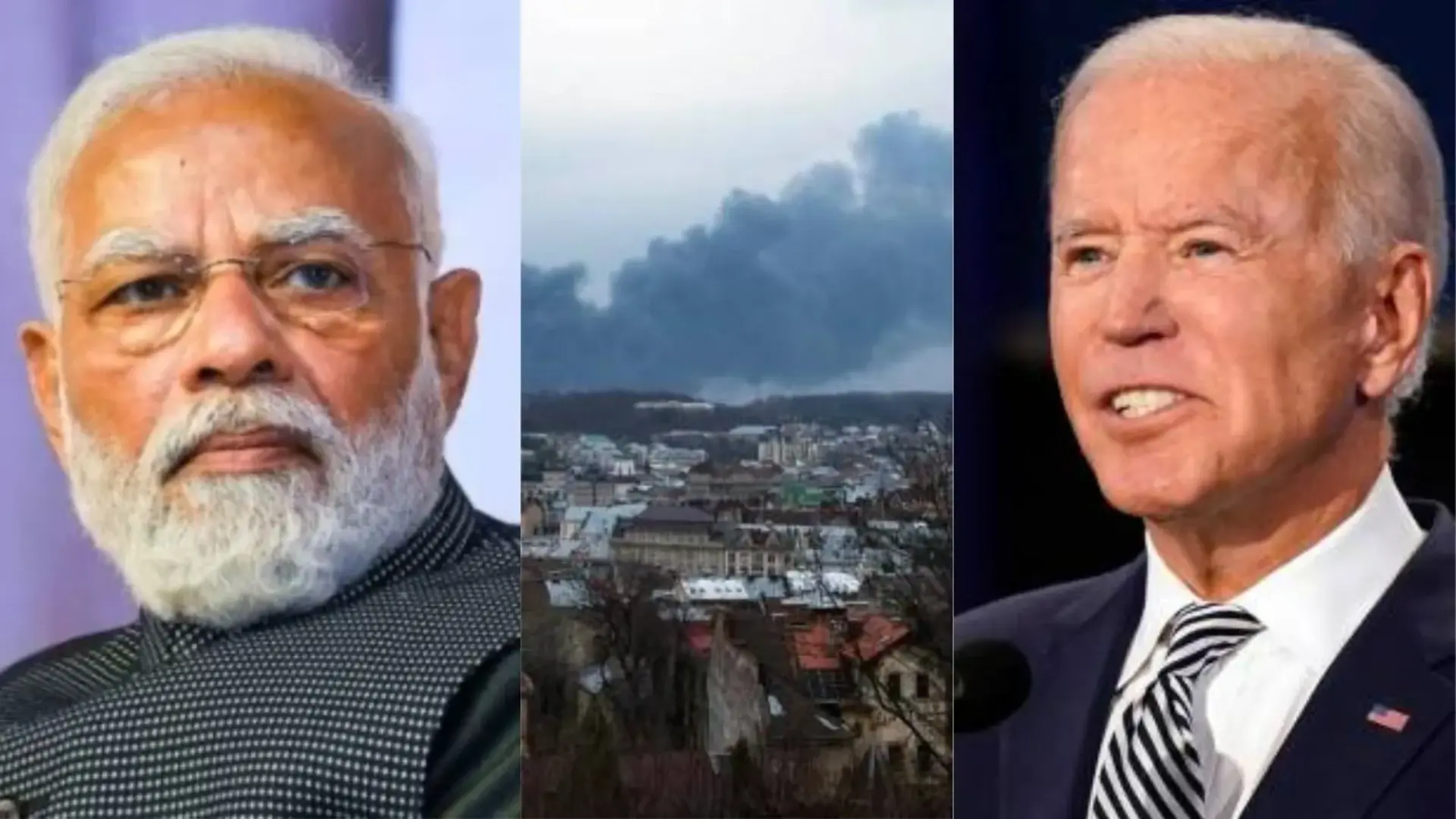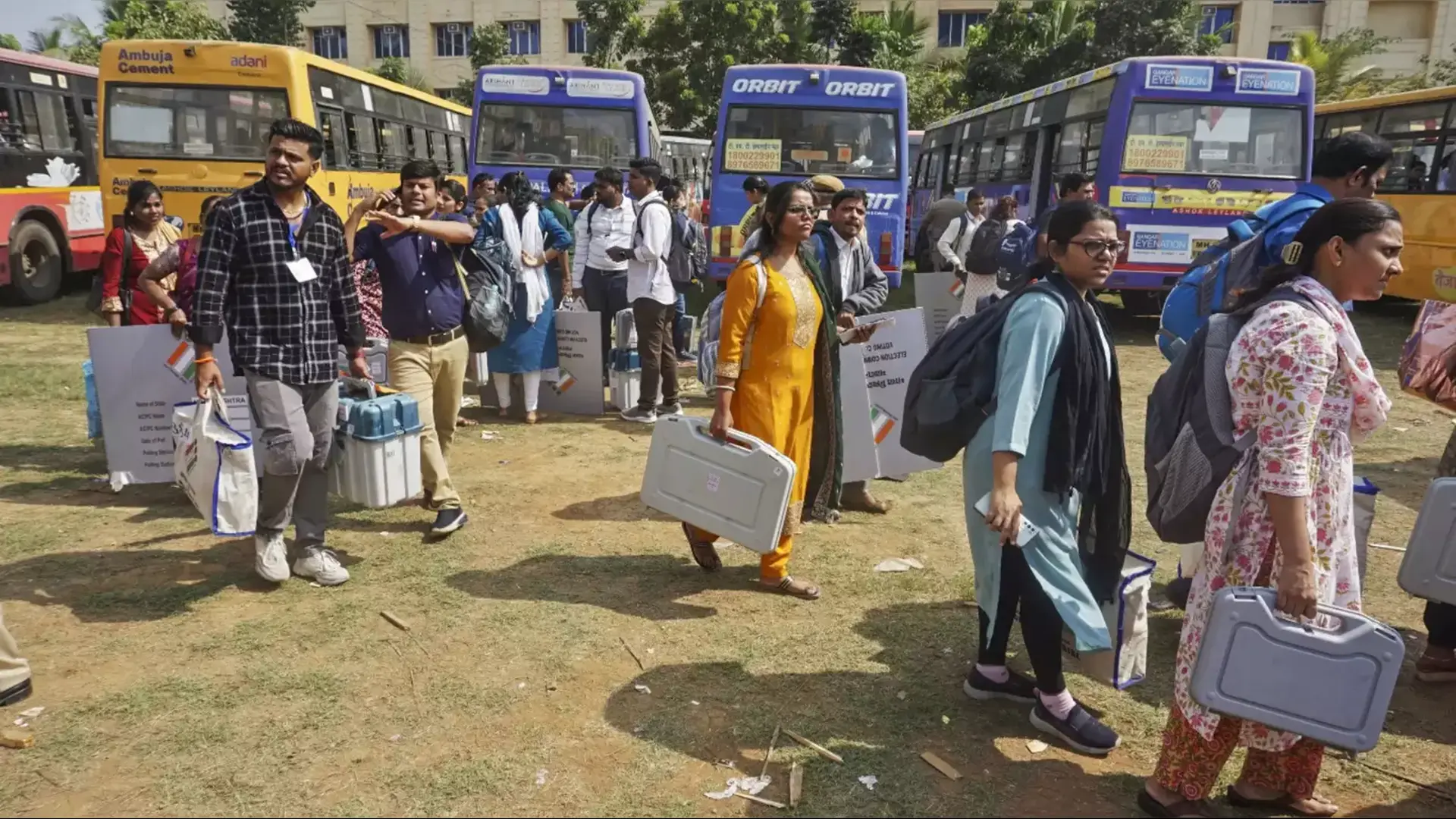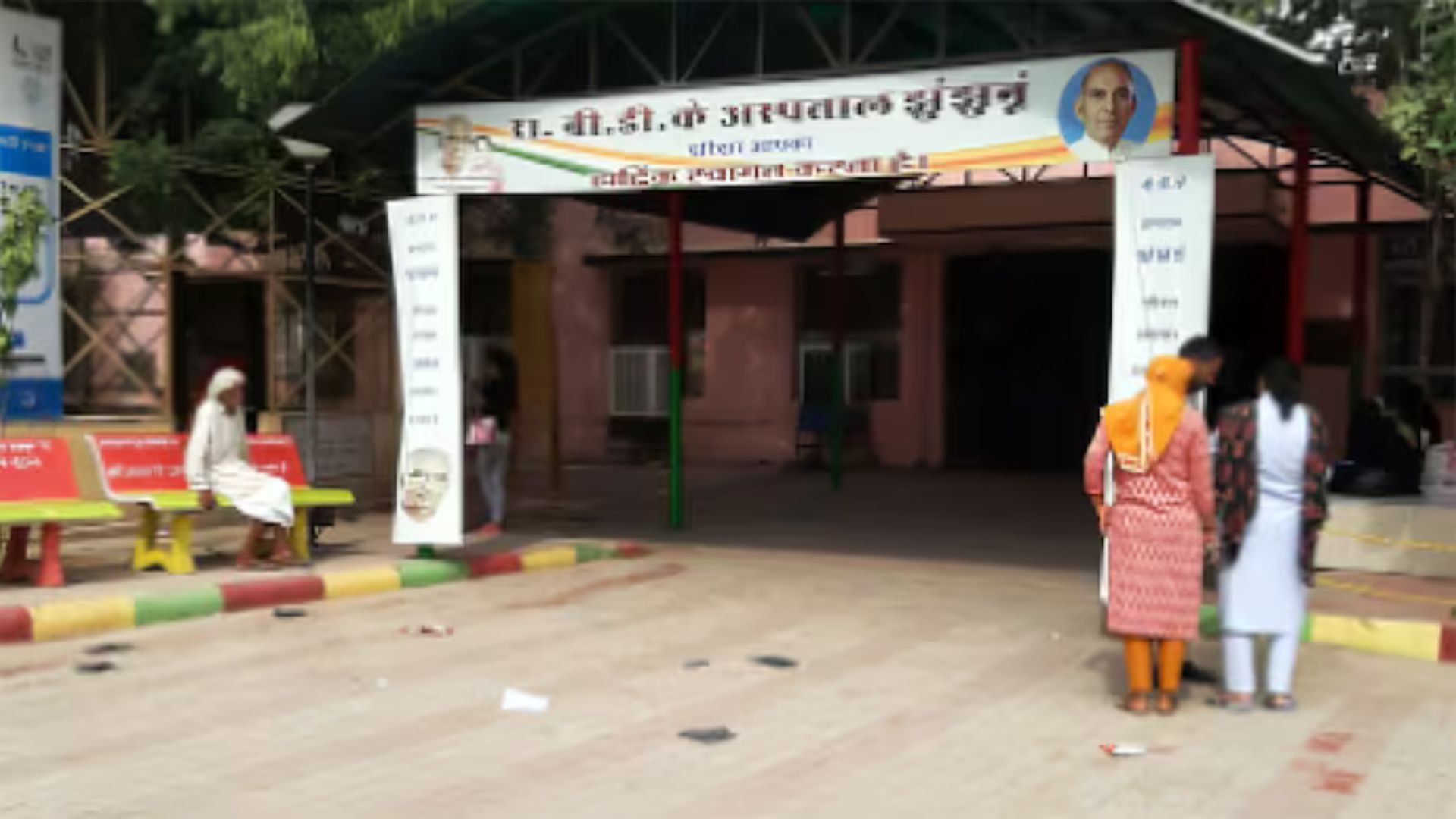
It goes without saying that custodial torture cannot be justified under any circumstances. Still it is a matter of utmost anguish that those who indulge in most brashly, most brazenly and most bluntly are rarely ever booked and made to face the consequences which only serves to further encourage men in uniform to take it for granted to indulge in worst custodial torture and yet escape unpunished, untouched and unaccounted for! Of course, this manifests nothing but the worst form of colonial rule as we saw during the British rule!
For the uninitiated, the 273rd report of Law Commission of India is titled “Implementation of ‘United Nations Convention against Torture and other Cruel, Inhuman and Degrading Treatment or Punishment’ through Legislation”. It must be apprised here that the Central Government vide its letter dated 8th July, 2017 taking note of the Civil Writ Petition [W.P. (Civil) No. 738 of 2016] asked the Law Commission of India to examine the issue of notification of UN Convention against Torture and other Cruel, Inhuman and Degrading Treatment or Punishment and submit a report on the matter. It must also be brought out here that based on the analysis of the various aspects of torture, the Law Commission has prepared a draft bill titled “The Prevention of Torture Bill, 2017”, which is annexed to the Report. It stipulates punishment upto life for torture and there is no reason why it must not be implemented!
To start with, while setting the ball in motion, it is first and foremost stipulated in para 1.1 of Chapter 1 which deals with background that, “The history of torture throughout the ages reveals [Goerge Ryley Scott, “The History of Torture Throughout the Ages”, 1940 (T. Werner Laurie Ltd., London)] that torture was employed by various communities either in their religious rites or its code of punishment. Torture is a form of crudity and a barbarity which appalls modern civilisation. The tormenting of those captured in war was looked upon and accepted as inevitable. Often such captives were sacrificed to the gods. Ordeals of fire, water, poison, the balance, and boiling oil, were employed in the trial of accused persons. References are made to the use of anundal by officials of the Southern Indian provinces in the collection of land revenue. One of the most popular methods known as thoodasavary which is known as beating up now-a- days, was used by tax collectors and others for inducing the payment of dues and debts, as well as for eliciting confessions and securing evidence in criminal cases. Subjects were forced to drink milk mixed with salt, till they were brought to death’s door by diarrhoea. People were forced to accept death by suffocation in a small cell where a large number of persons, several times than its capacity to accommodate where put and forced to torment by intolerable thirst, lack of fresh air and ruinous odour of the cell.”
Simply stated, the Law Commission then in para 1.8 while referring to a relevant case law states that, “In D.K. Basu v. State of West Bengal AIR 1997 SC 610 the Supreme Court observed that: “Torture has not been defined in the Constitution or in other penal laws. ‘Torture’ of a human being by another human being is essentially an instrument to impose the will of the ‘strong’ over the ‘weak’ by suffering. The word torture today has become synonymous with the darker side of the human civilisation”. The Court quoted the definition of torture by Adriana P. Bartow as under:
“Torture is a wound in the soul so painful that sometimes you can almost touch it, but it is also such intangible that there is no way to heal it. Torture is anguish squeezing in your chest, cold as ice and heavy as a stone paralyzing as sleep and dark as the abyss. Torture is despair and fear and rage and hate. It is a desire to kill and destroy including yourself.”
Be it noted, it is then stated in para 1.11 that, “India signed the Convention against Torture and Other Cruel, Inhuman or Degrading Treatment or Punishment [adopted by General Assembly of the UN on 10th December, 1984 (Resolution No.39/46)] (known as the UN Convention against Torture, in short “CAT”) on October 14, 1997 however, so far it has not been ratified. India has expressed its reservations against certain provisions contained in the Convention, such as Inquiry by the CAT (Art. 20); State complaints (Art.21) and individual complaints (Art.22).”
It cannot be glossed over that the Law Commission then brings out in para 1.12 that, “The International Commission of Jurists, and other organisations have urged India to adopt the reforms suggested by the Convention. The Universal Periodic Review is an interactive process carried out after every four years. Under this framework, the Human Rights Record of UN member States is reviewed. India has also been requested to ratify the Torture Convention by some State parties during the Universal Periodic Review of Human Rights.”
It is worth noting that the Law Commission then remarkably points out in para 1.17 that, “Human rights concerns for death penalty and torture are often cited as grounds for refusing extradition requests. Countries that have abolished death penalty often need diplomatic assurances that rights of the person to be extradited shall not be breached. If it appears that death penalty may be given, or there are grounds for believing that if the person is extradited he may be tortured or subjected to cruel, inhuman and degrading treatment or denied any of the rights guaranteed to him by various international law instruments such as ICCPR and UNDHR. It would hardly be conducive to the object of the convention when a State party surrenders a suspect or fugitive knowingly to another State party where he will be in real danger of being subjected to torture, it would run contrary to the spirit and intention of the Convention itself, to expose a person to the real risk of torture or cruel, inhuman and degrading treatment. It has also been held that as such prolonged duration of a death row inmate and the “… ever present and mounting anguish of awaiting execution of death penalty…” (In Soering v. UK, Application (07/07/1989), the European Court of Human Rights held that extraditing a person from UK to Virginia- a state in US that imposes death penalty, would violate Article 3 of the Torture Convention.) would amount to torture.”
Quite significantly, the Law Commission then observes in para 1.19 that, “The prohibition of torture is a part of customary international law and is a part of jus cogens. Inclusion of extradition prohibitions in the Torture Convention enjoins more States to ensure accountability worldwide for acts of torture. The Convention has not created an international crime which had not previously existed but provided an international system under which the torturer – international criminal, could find no safe haven. [Bartle and the Commissioner of Police for the Metropolis and Others, Ex Parte Pinochet; R v. Evans and Another and the Commissioner of Police for the Metropolis and Others, Ex Parte Pinochet, R v. [1999] UKHL 17 (24th March, 1999)].”
Quite remarkably, the Law Commission then also points out in para 2.1 of Chapter II that, “The right to freedom from torture is enshrined in number of human rights instruments which provide for protection of all individuals from being intentionally subjected to severe physical or psychological distress by, or with the approval or acquiescence of, government agents acting for a specific purpose, such as to obtain information. The prohibition of torture and other cruel, inhuman or degrading treatment is enshrined in the following regional and universal human rights instruments:
(i) Universal Declaration of Human Rights, 1948 (Art. 5)
(ii) American Declaration of the Rights and Duties of Man, 1948 (Art. 27)
(iii) European Convention for the Protection of Human Rights and Fundamental Freedoms, 1950 (Art. 3)
(iv) United Nations Convention Relating to the Status of Refugees, 1951
(v) United Nations Standard Minimum Rules for the Treatment of Prisoners, 1955 (Art. 31)
(vi) Draft Principles on Freedom from Arbitrary Arrest, Detention and Exile (1963).
(vii) International Convention on the Elimination of All forms of Racial Discrimination, 1965 ( ICERD)
(viii) International Covenant on Civil and Political Rights, 1966 (Arts. 4, 7 and 10)
(ix) American Convention on Human Rights, 1969 (Art. 5)
(x) Declaration on the Protection of All Persons from being subjected to Torture and other Cruel Inhuman or Degrading Treatment or Punishment (1975).
(xi) Optional Protocol to the International Covenant on Civil and Political Rights (1976)
(xii) Code of Conduct for Law Enforcement Officials (1979) articles 2-3 & 5-6.
(xiii) Convention on the Elimination of All Forms of Discrimination against Women 1979( CEDAW)
(xiv) African Charter on Human and Peoples’ Rights, 1981 (Art. 5)
(xv) Convention against Torture and Other Cruel, Inhuman or Degrading Treatment or Punishment (CAT),1984
(xvi) UN Declaration on Basic Principles of Justice for Victims of Crime and abuse of Power 1985
(xvii) Inter-American Convention To Prevent and Punish Torture, 1985
(xviii) European Convention for the Prevention of Torture and Inhuman or Degrading Treatment, 1987
(xix) Convention on the Rights of the Child, 1989 (Art. 37)
(xx) European Convention for the Prevention of Torture and other Cruel, Inhuman or degrading treatment or punishment, 1989
(xxi) Cairo Declaration on Human Rights in Islam, 1990 (Arts. 19-20)
(xxii) Charter of Paris for a New Europe, 1990
(xxiii) Convention on the Protection of the Rights of Migrant Workers and Members of their Families, 1990 (Art. 10)
(xxiv) International Convention on the protection of the Rights of All persons against Enforced Disappearance 1992 (CPAED).
(xxv) Arab Charter on Human Rights, 1994 (Arts 8).”
Furthermore, it is then stated in para 2.2 that, “Article 3 of the European Convention on Human Rights states that: ‘No one shall be subjected to torture or to inhuman or degrading treatment or punishment’. There are no exceptions or limitations on this right. This provision usually applies not only to torture but also cases of severe violence in police custody and poor conditions in detention. It is an absolute right and in no circumstances to torture someone will ever be justifiable.”
Needless to say, it is then rightly pointed out in para 5.15 of the report that, “Police atrocities in India had always been a subject matter of controversy and debate. This has been discussed in detail in Prithipal Singh etc. v. State of Punjab and Anr. etc. (2012) 1 SCC 10. In view of the provisions of Article 21 of the Constitution, any form of torture or cruel, inhuman or degrading treatment is inhibited. Torture is not permissible whether it occurs during investigation, interrogation or otherwise. It cannot be gainsaid that freedom of an individual must yield to the security of the State. Latin maxim salus populi est suprema lex – the safety of the people is supreme law; and salus reipublicae suprema lex – safety of the State is supreme law, co-exist.”
Of course, it is then rightly emphasized in para 5.17 that, “The State must protect victims of torture and ill-treatment. The problems of acute stress as well as a post-traumatic stress disorder and many other psychological consequences must be understood in correct perspective. Therefore, the State must ensure prohibition of torture, cruel, inhuman and degrading treatment to any person, particularly at the hands of any State agency/police force.”
Please read concluding on thedailyguardian.com
Be it noted, it is then underscored in para 5.18 that, “Tolerance of police atrocities, amounts to acceptance of systematic subversion and erosion of the rule of law. Therefore, illegal regime has to be glossed over with impunity, considering the cases of grave magnitude.”
While citing the relevant case law, it is then enunciated in para 5.19 that, “In Gauri Shanker Sharma etc. v. State of U.P. AIR 1990 SC 709, the Supreme Court held: “…it is generally difficult in cases of deaths in police custody to secure evidence against the policemen responsible for resorting to third degree methods since they are in charge of police station records which they do not find difficult to manipulate as in this case. …The offence is of a serious nature aggravated by the fact that it was committed by a person who is supposed to protect the citizens and not misuse his uniform and authority to brutally assault them while in his custody. Death in police custody must be seriously viewed for otherwise we will help take a stride in the direction of police raj. It must be curbed with a heavy hand. The punishment should be such as would deter others from indulging in such behaviour. There can be no room for leniency.”
Punishment for acts of torture
It is worth noting that it is then recommended in para 7.6 that, “In order to curb the menace of torture and to have a deterrent effect on acts of torture, the Commission recommends stringent punishment to the perpetrators of such acts. The draft Bill annexed to this Report provides for punishment extending up to life imprisonment and fine.”
Compensation to victims
Quite aptly, it is then recommended in para 7.7 that, “The Courts will decide upon a justiciable compensation after taking into account various facets of an individual case, such as nature, purpose, extent and manner of injury, including mental agony caused to the victim. The Courts will bear in mind the socio-economic background of the victim and will ensure that the compensation so decided will suffice the victim to bear the expenses on medical treatment and rehabilitation.”
Protection of Victims, Complainants And Witnesses
Quite rightly, it is then recommended in para 7.8 that, “The Commission recommends that an effective mechanism must be put in place in order to protect the victims of torture, the complainants and the witnesses against possible threats, violence or ill treatment.”
Sovereign Immunity
Without mincing any words, it is then laudably recommended in para 7.9 that, “Going by the law of torts, which states ‘liability follows negligence’ the Commission is of the opinion that the State should own the responsibility for the injuries caused by its agents on citizens, and principle of sovereign immunity cannot override the rights assured by the Constitution. While dealing with the plea of sovereign immunity, the Courts will have to bear in mind that it is the citizens who are entitled for fundamental rights, and not the agents of the State.”
Finally, it is then recommended in para 7.10 that, “In light of the aforesaid discussions, the Central Government may take a decision on the issue of ratification of the Convention, and in case it is decided to go for ratification, then, the Prevention of Torture Bill, 2017 appended to the Report may be considered. The Commission recommends accordingly.”
To sum up, torture what to talk about brutal torture cannot be justified under any circumstances. Those who dare to indulge in it as we keep hearing then they must be booked and punished most strictly. If the person tortured dies or is grievously wounded then the punishment also must increase accordingly! Till now we see how police men even after torturing still mostly escape unscathed which should never be the case but this is the unpalatable truth which just cannot be denied. Things must certainly change now and for this to happen our penal laws must be amended suitably and what all the Law Commission of India has recommended in this historic report must be implemented in totality. It certainly now brooks no more delay anymore!
Sanjeev Sirohi, Advocate,















